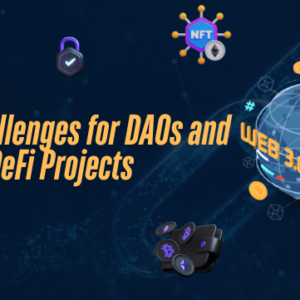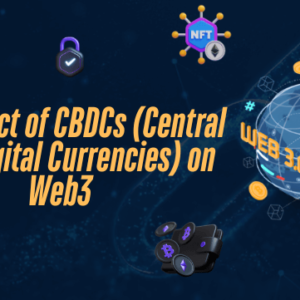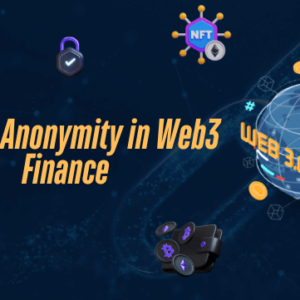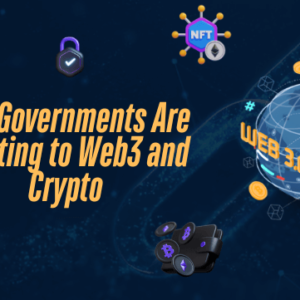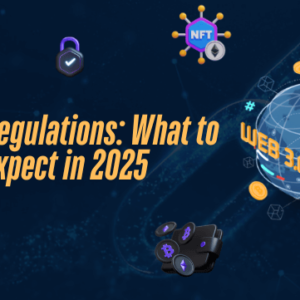Web2 vs Web3
Table of Contents
Web2 vs. Web3: Key Differences and Future Trends – A Complete Guide (2025)
Introduction
The internet has come a long way since its inception, evolving from simple static webpages to the dynamic, interactive platforms we use today. As we stand at the cusp of another major transformation, understanding the differences between Web2 and Web3 becomes crucial for anyone interested in technology, business, or digital innovation. In this comprehensive guide, we’ll explore how these two internet generations differ and what the future might hold for the digital world.
What is Web2?
Web2, or Web 2.0, represents the internet as most of us know it today. Think of it as the social internet, where users can both consume and create content. When you post a photo on Instagram, write a review on Amazon, or share an update on LinkedIn, you’re participating in Web2.
For example, imagine Sarah, a food blogger. She uses platforms like WordPress to write her recipes, shares them on social media, and interacts with her followers through comments. All these activities happen on centralized platforms owned by large companies like Meta, Google, or Amazon. These companies store Sarah’s data on their servers and control how her content is distributed.
What is Web3?
Web3 represents the next evolution of the internet, built on blockchain technology and the principles of decentralization. Unlike Web2, where platforms and companies control user data and content, Web3 aims to give power back to users through decentralized networks.
Let’s take Sarah’s food blog example again. In a Web3 world, she might publish her recipes on a decentralized platform where she truly owns her content. Her recipes could be tokenized as NFTs (Non-Fungible Tokens), allowing her to earn direct revenue when people use them. Her followers could support her through cryptocurrency transactions without intermediaries taking large cuts.
Key Differences Between Web2 vs Web3
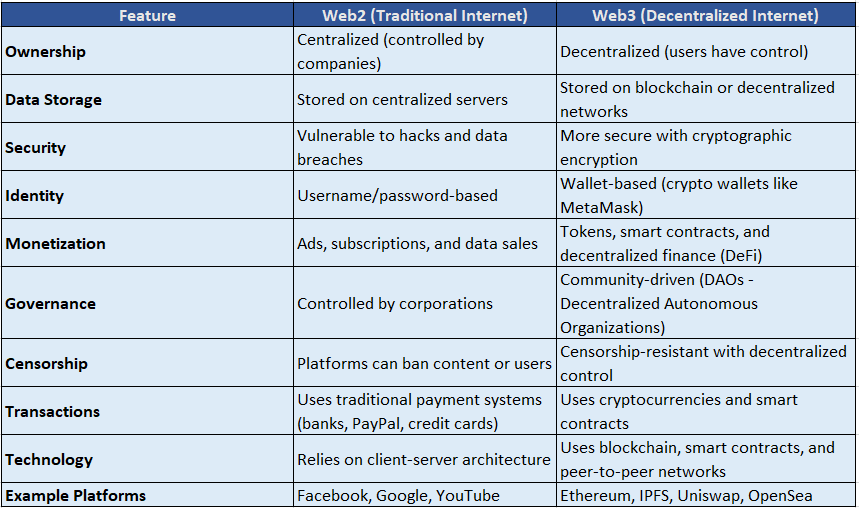
Data Ownership and Control
In Web2, companies like Google and Facebook collect and control user data. When you use Gmail or Facebook Messenger, these companies can access your emails and messages. They use this data to show you targeted advertisements and generate revenue.
Web3 flips this model on its head. Your data lives on the blockchain, encrypted and controlled by you through your digital wallet. You decide which applications can access your information and how they can use it. For instance, if you use a decentralized email service in Web3, you would own your email data and could even earn tokens for sharing it with advertisers if you choose to.
Payment Systems
Web2 relies heavily on traditional payment systems and intermediaries. When you buy something online, you typically use a credit card or PayPal, with multiple parties processing the transaction and taking fees along the way.
Web3 introduces cryptocurrency payments and smart contracts, enabling direct peer-to-peer transactions. If you’re buying a digital artwork, you can pay the artist directly in cryptocurrency, with the transaction automatically executed through a smart contract, reducing fees and eliminating middlemen.
Platform Governance
Web2 platforms are governed by corporations. Facebook’s content moderation policies, for example, are decided by the company’s leadership and enforced by their teams.
Web3 introduces the concept of DAOs (Decentralized Autonomous Organizations) where users can participate in governance decisions. Imagine a social media platform where users vote on content policies using governance tokens, making the platform truly community-driven.
The Impact on Different Industries
Social Media
Web2 social media platforms like Twitter and Instagram control user data and monetization. Content creators rely on platform algorithms and advertising revenue sharing.
Web3 social platforms are emerging where users own their content and social connections. Creators can tokenize their content, create their own economies, and interact directly with fans without platform interference.
Finance
Traditional Web2 financial services require multiple intermediaries for transactions. When you send money internationally, it passes through several banks and can take days to arrive.
Web3 introduces DeFi (Decentralized Finance), enabling direct lending, borrowing, and trading without traditional banks. Smart contracts automatically execute transactions based on predefined conditions, making financial services more accessible and efficient.
Gaming
Web2 games keep all assets within their closed ecosystems. The sword you bought in World of Warcraft stays in World of Warcraft.
Web3 gaming introduces true ownership of digital assets. Players can own their in-game items as NFTs, sell them on open markets, and even use them across different games that support the same standards.
Future Trends and Predictions
Integration of AI and Web3
The combination of artificial intelligence and Web3 technologies could create more personalized and efficient digital experiences. Imagine AI assistants that help you manage your crypto portfolio while protecting your privacy through blockchain technology.
Enhanced Digital Identity
Web3 could revolutionize how we manage our digital identities. Instead of creating separate accounts for each service, you might have a single decentralized identity that you control, choosing what information to share with each application.
Mainstream Adoption Challenges
While Web3 promises many benefits, challenges remain. The technology needs to become more user-friendly, energy-efficient, and scalable before achieving mainstream adoption. Solutions are being developed to address these issues, such as more efficient blockchain protocols and better user interfaces.
Conclusion
The transition from Web2 to Web3 represents a fundamental shift in how we interact with the internet. While Web2 gave us social connectivity and user-generated content, Web3 promises to deliver true digital ownership, decentralized governance, and new economic models.
As we move forward, the line between Web2 and Web3 may blur, with the best features of both creating a more equitable, efficient, and user-centric internet. Whether you’re a business owner, developer, or casual internet user, understanding these changes will be crucial for navigating the digital future.
Remember, Web3 is still in its early stages, and we’re likely to see many innovations and adjustments as the technology matures. The key is to stay informed, adaptive, and open to the possibilities that this new internet era brings.
